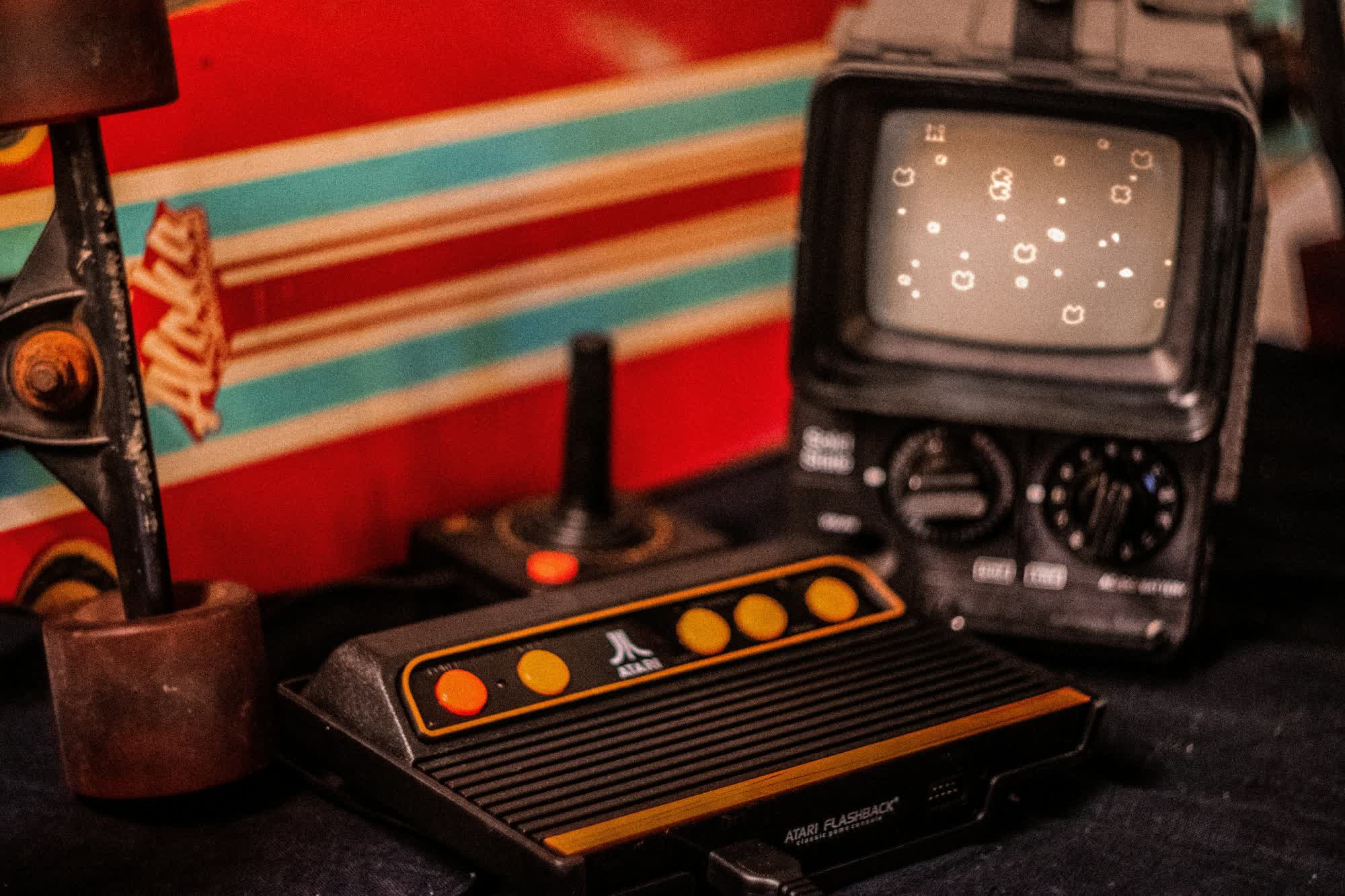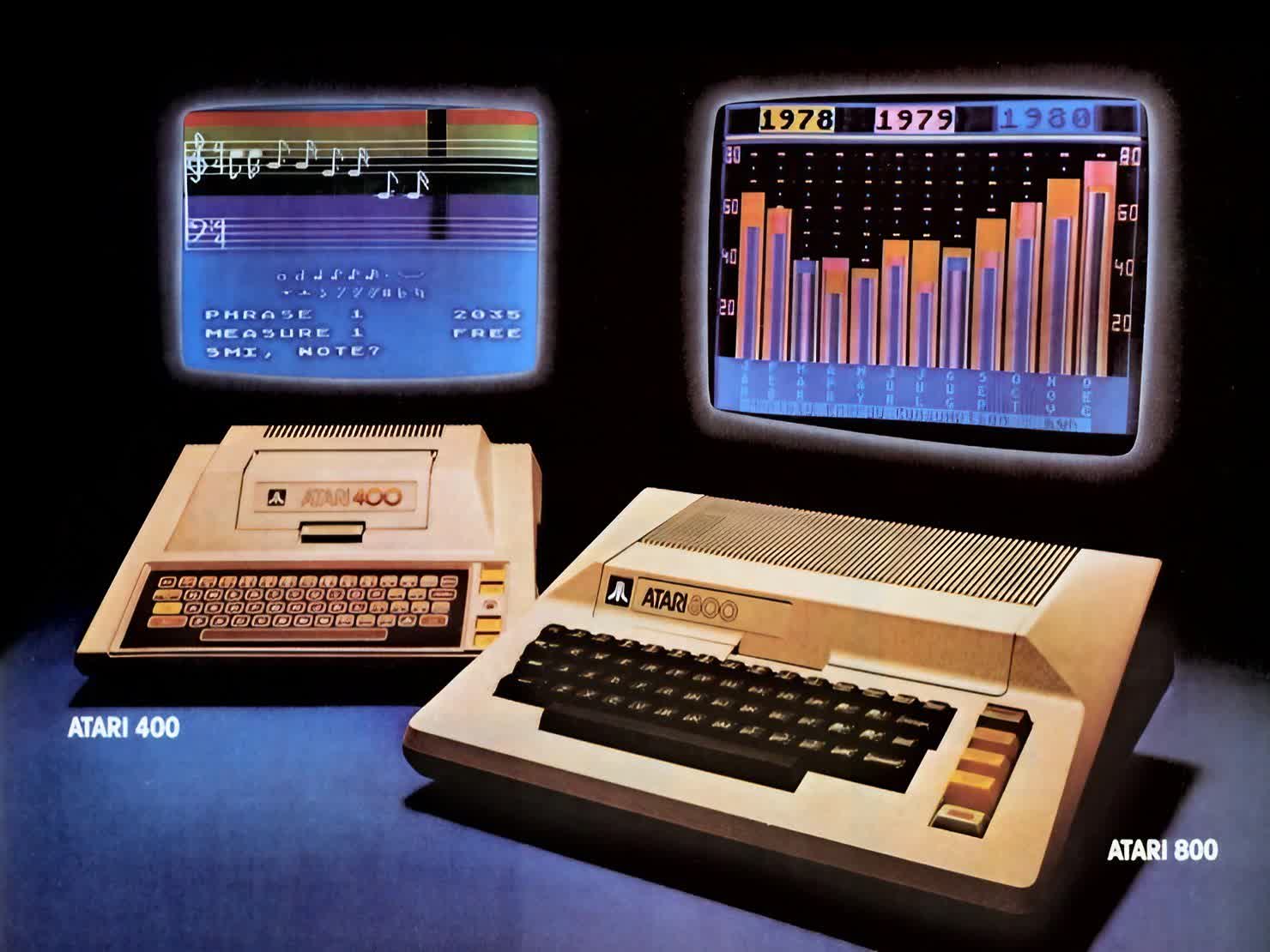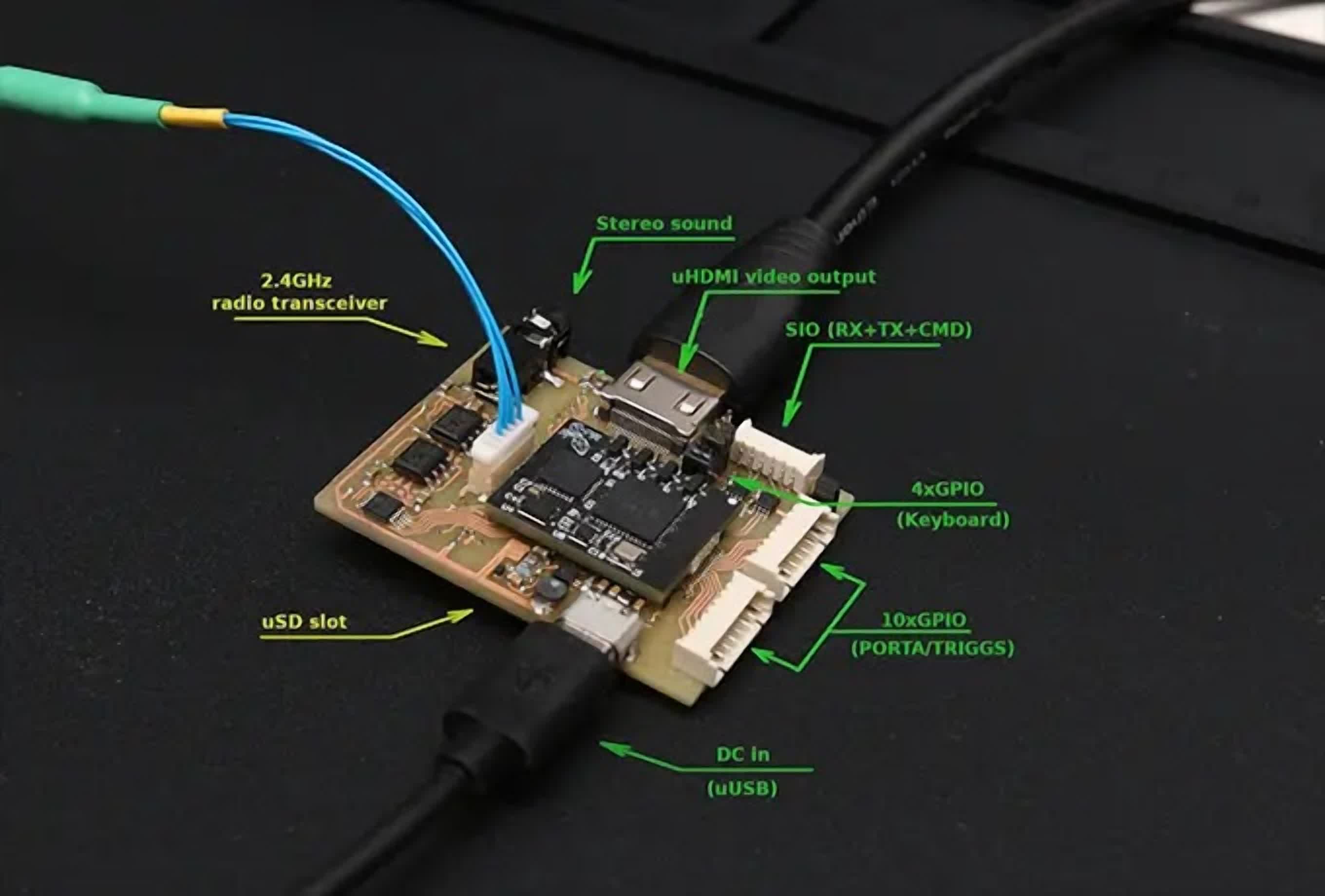In a nutshell: Atari's 8-bit computers first launched in 1979, selling for between $549 and $999 and taking up the space of a full desktop machine. Now, more than four decades later, a Polish engineer has recreated that same system on a module smaller than a postage stamp. Called Atarino, the device measures just 2 × 1.5 centimeters and includes all the essential components of the original hardware, such as a 6502C processor, graphics and sound chips, and memory controllers.

The engineer behind the project is Piotr "Osa" Ostapowicz, who began working on Atarino more than 10 years ago. What started as a simple compatibility test gradually evolved into a complete and enhanced reimplementation of the Atari XL/XE architecture.
Unlike many retro mini consoles that rely on software emulation, Atarino uses FPGA technology to replicate Atari's original components at the hardware level. This allows it to run vintage software directly on recreated circuitry. It also supports original peripherals and closely mirrors the behavior of the original 8-bit systems.
What makes the system particularly impressive is that, despite its tiny size, it actually improves upon the original hardware. Atarino can run at speeds of up to 31 MHz – far surpassing the original machines' 1.79 MHz. Its memory architecture replaces the older "cycle stealing" method with independent channels, significantly boosting performance. The system also supports extended graphics modes and can output video via both VGA and HDMI.
Atarino's modular design makes it adaptable to a wide range of hardware configurations. It can be integrated into custom keyboards, compact enclosures, or development boards, depending on the application. Ostapowicz has even demonstrated the system running a 4K animation with real-time graphics processing, proof that it's capable of far more than just running classic Atari software.

That said, Atarino isn't a finished product and development is still ongoing. Currently, Ostapowicz is refining the emulation of the POKEY sound chip and enhancing support for modern development tools. Atarino already works with CC65 and Visual Studio Code, and full kits with documentation are planned. Once released, these kits will make the system accessible to other developers and retrocomputing enthusiasts interested in creating their own projects.
It's also worth noting Atarino's deep connection to Poland's unique Atari legacy, as highlighted by Ars Technica. During the 1980s, when Poland was still under communist rule, Western technology was hard to obtain and typically limited to hard-currency stores. Yet Atari computers became more widespread than most. This was in part thanks to Jack Tramiel, Atari's Polish-born owner, who made efforts to bring his systems to the Polish market.
As a result, while Atari's 8-bit computers faded from the US in the 1990s, they remained popular in Poland, helping sustain a vibrant user community that persists to this day.
Image credit: Piotr Ostapowicz
A full Atari 8-bit computer has been recreated on a stamp-sized FPGA module
